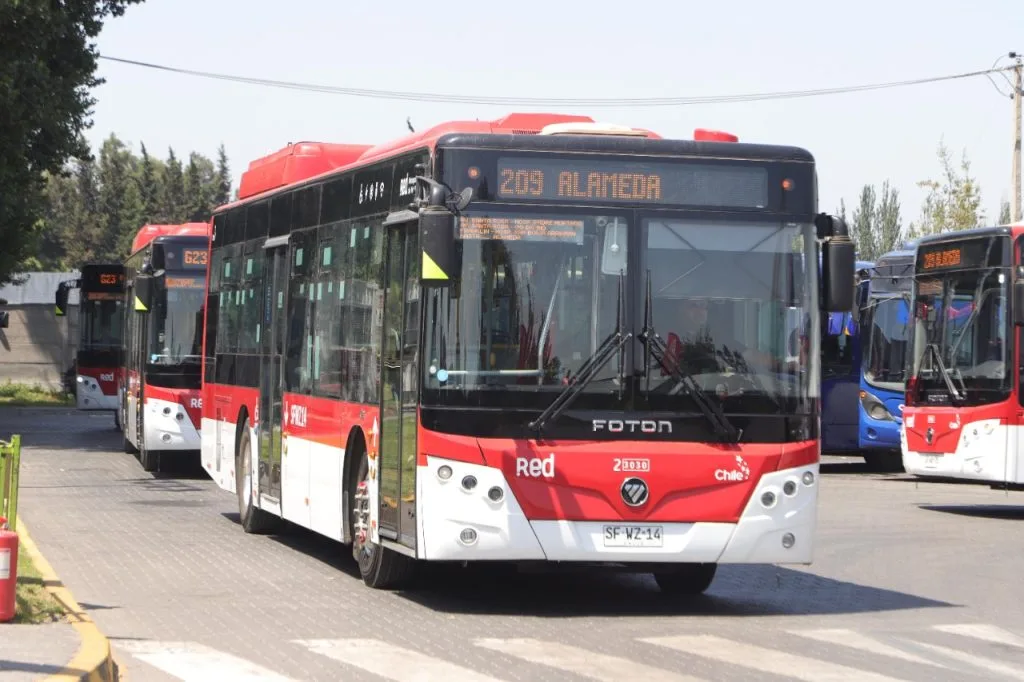As summer vacations end and travelers return home, have you noticed how rapidly travel is changing? Whether it’s scenic drives, cross-country train journeys, flights to distant shores, or leisurely cruises, innovations in renewable energy transportation are shaping the sector.
In this article, we will explore how these advancements in renewable energy transportation are reshaping land, rail, and air transportation, as well as our audience’s discussion of what it will take to achieve a global transition to renewable energy travel.
Land transportation: electric cars accelerating the global transition to renewable energy
The world is moving towards electric cars. In 2023, electric buses and trucks grew.
According to the IEA, electric buses lead the transition, with global sales hitting 50,000 units. This increase brings the total fleet to around 635,000. Belgium and Norway achieved over 50% electric bus sales. Europe saw a 53% rise in new registrations, pushing zero-emission city buses to over 42% of the market.
Electric trucks have also made remarkable progress, with sales increasing by 35% in 2023. China remains the largest market. Electric truck sales in Europe nearly triple, and in the U.S. they triple, though they still represent a small fraction of total truck sales.
Cities in the US and Latin America are also accelerating their adoption of electric buses. This acceleration reflects a more sustainable road transportation, driven by technological advances and expanding infrastructure.

Electric buses in Chile. Chile is now home to the second largest electric bus fleet in the world. Source.
Rail transportation: a greener future on tracks
The global rail sector is steadily advancing towards a cleaner future, with electrification, renewable energy, and innovative technologies driving significant progress.
In the Netherlands, NS (Nederlandse Spoorwegen) operates a fully electric train network powered entirely by wind energy, leading the way in sustainable rail transport.
The U.S. is advancing with plans for the world’s first high-speed train powered by solar energy. This represents a significant milestone in adopting renewable energy for rail transportation. Meanwhile, hydrogen fuel cell trains are being tested globally as a low-emission solution for non-electrified routes. These trains offer a promising alternative in areas where full electrification is challenging.
Air transportation: the biofuel revolution
Biofuels are revolutionizing air travel, addressing the environmental challenges posed by rapid industry growth. With global passenger numbers set to double in the next 20 years, particularly in Asia, the aviation sector is under increasing pressure to reduce its carbon footprint.
Since the first biofuel-powered flight in 2008, over 150,000 flights have utilized biofuels. This biofuels can reduce lifecycle emissions by up to 80%. To achieve a 50% reduction in carbon emissions by 2050, the industry is intensifying biofuel use through long-term agreements and increasing availability at key airports. Despite challenges with cost and supply, technology is enhancing biofuels’ role in sustainable aviation.

The first 100% SAF test flight occurred in 2008. Boeing and Virgin Atlantic flew a Boeing 747 from London to Amsterdam using biofuels from Brazilian babassu nuts and coconuts in one engine. Source
Pathways to renewable energy transportation: insights from our audience
As we explored the future of renewable energy across different transportation modes: land, rail, and air, we also wanted to understand how our audience views the potential impact of various renewable energy sources. We conducted a poll on WTS Energy page. And here is our audience’s opinions on which types of renewable energy could most effectively drive the transition to renewable transportation.
According to our poll results until 16th August, 36% of respondents view hydrogen fuel cells as essential due to their efficiency and suitability for heavy-duty transport. Another 36% highlight the importance of solar power for powering electric vehicles and supporting the renewable energy grid. Biofuels receive recognition from 19% of respondents for their practicality in aviation and maritime sectors, while 10% acknowledge wind energy for its contribution to renewable electricity and rail transportation.

Conclusion
The transition to renewable energy is making the transport sector cleaner and more sustainable. We are adopting electric vehicles, biofuels, and hydrogen fuel cells. This moves us closer to a future where all travel is powered by renewables. How do you think these innovations will change your travel experience?




